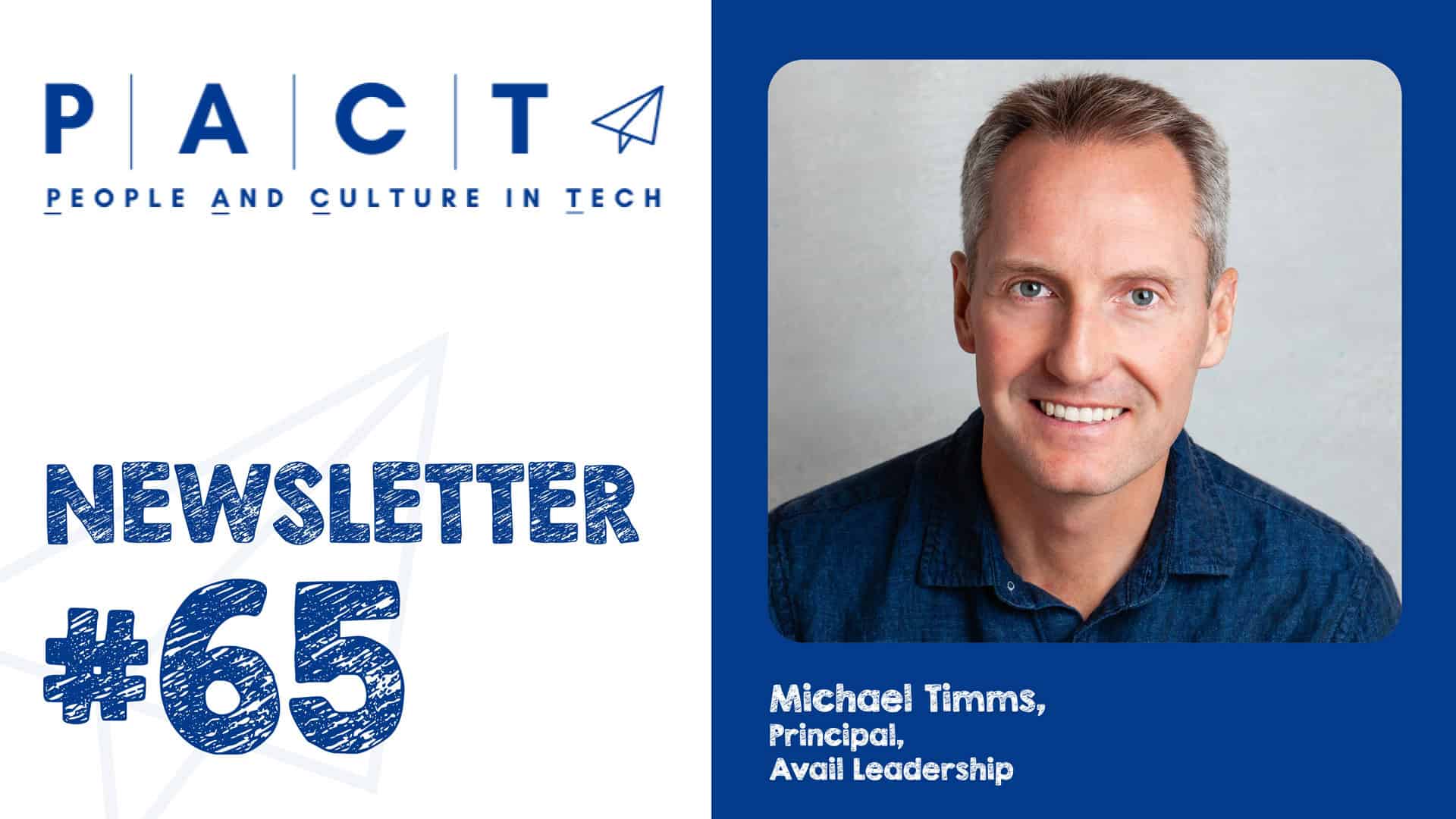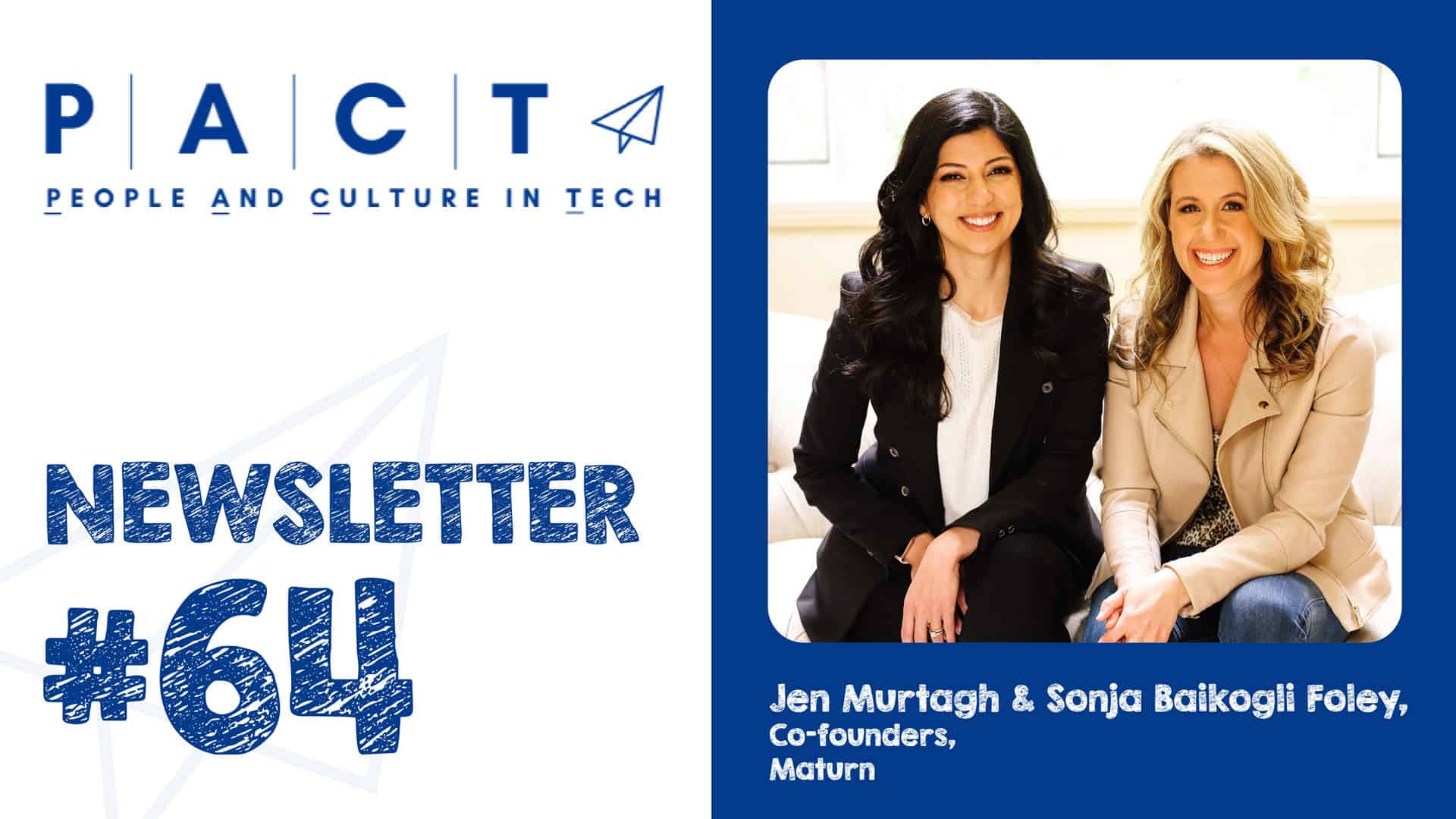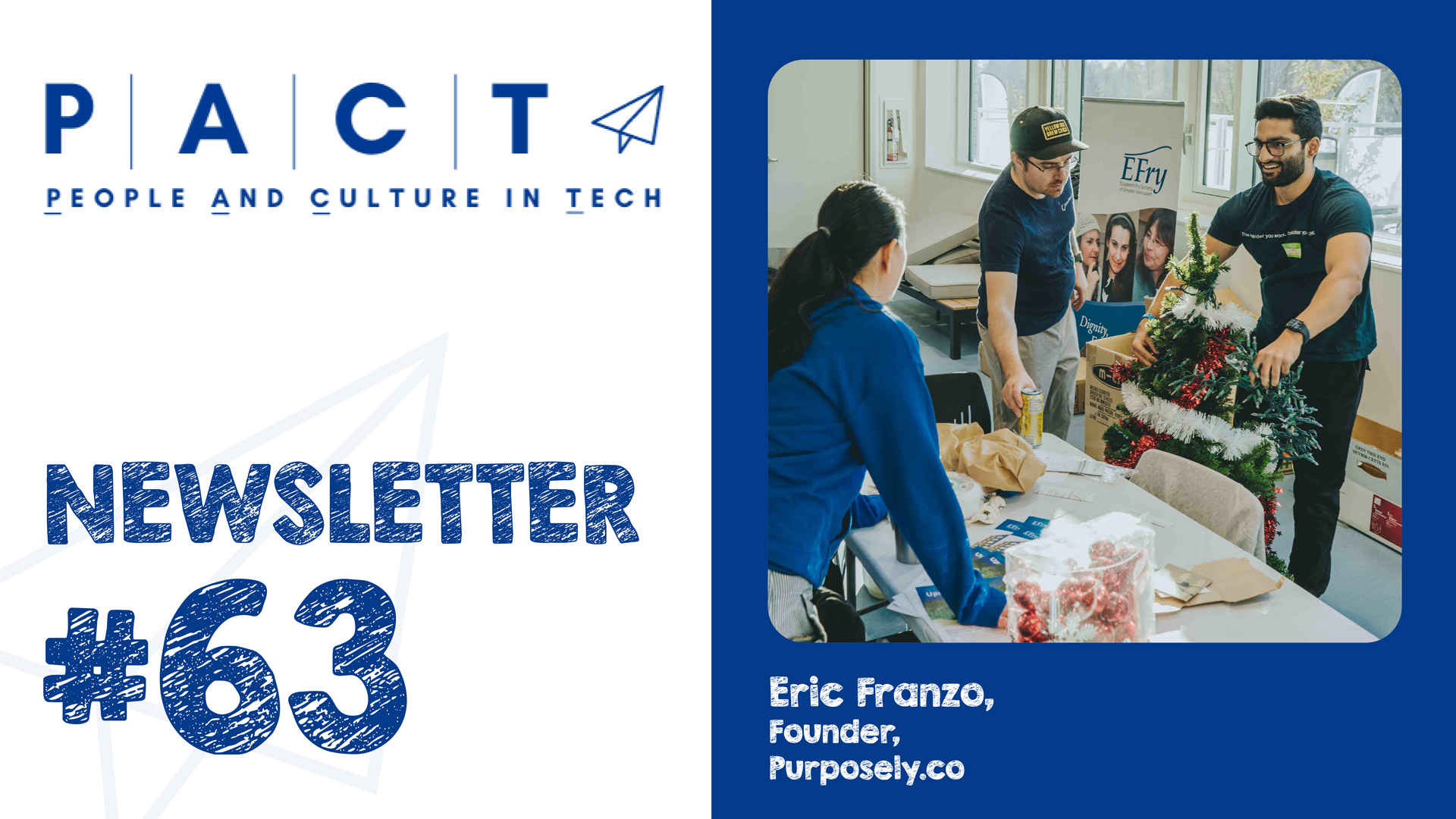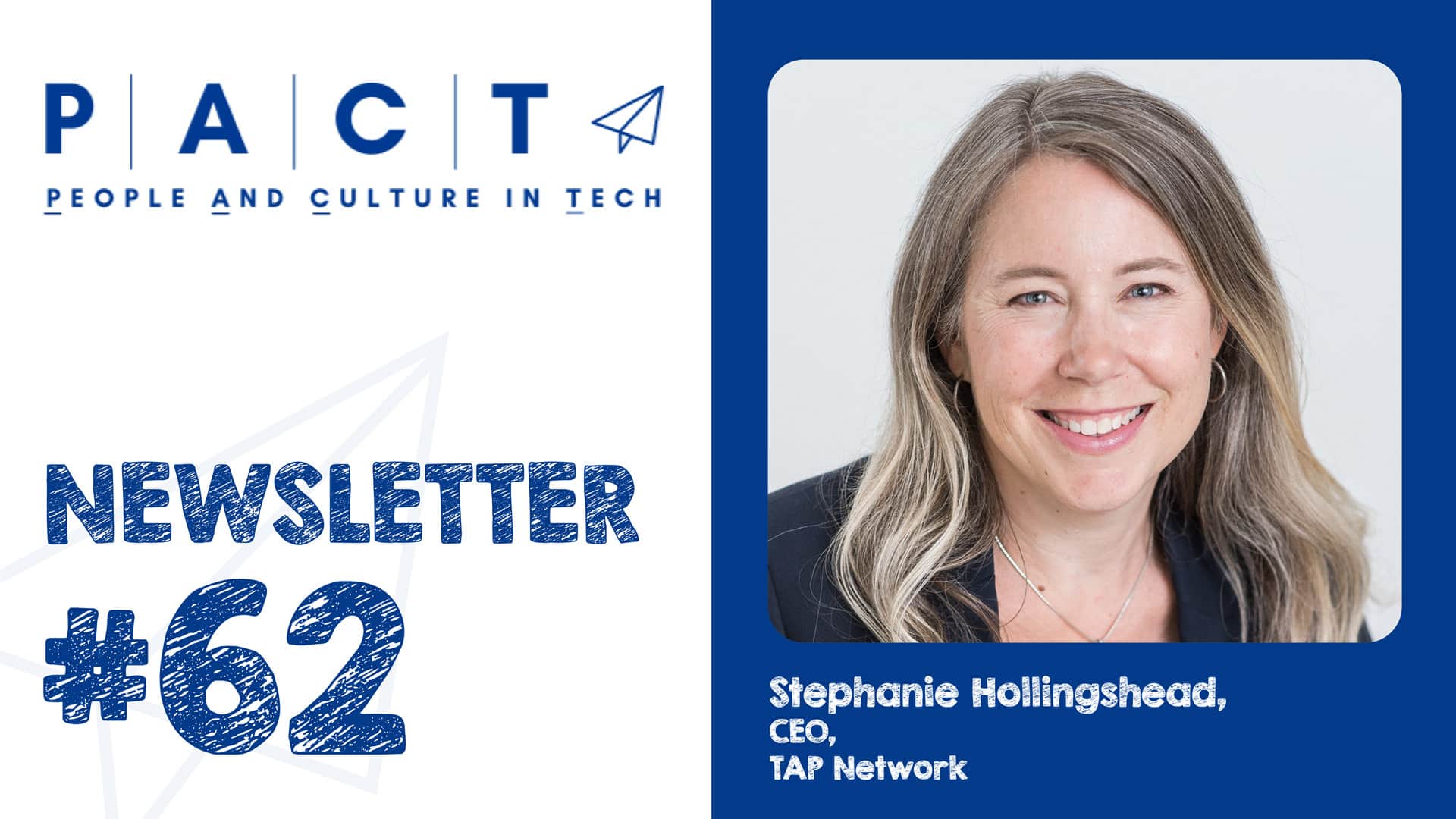Google’s Anna Baird Talks AI, EQ and Taking Ideation Into Action
Jason McRobbie
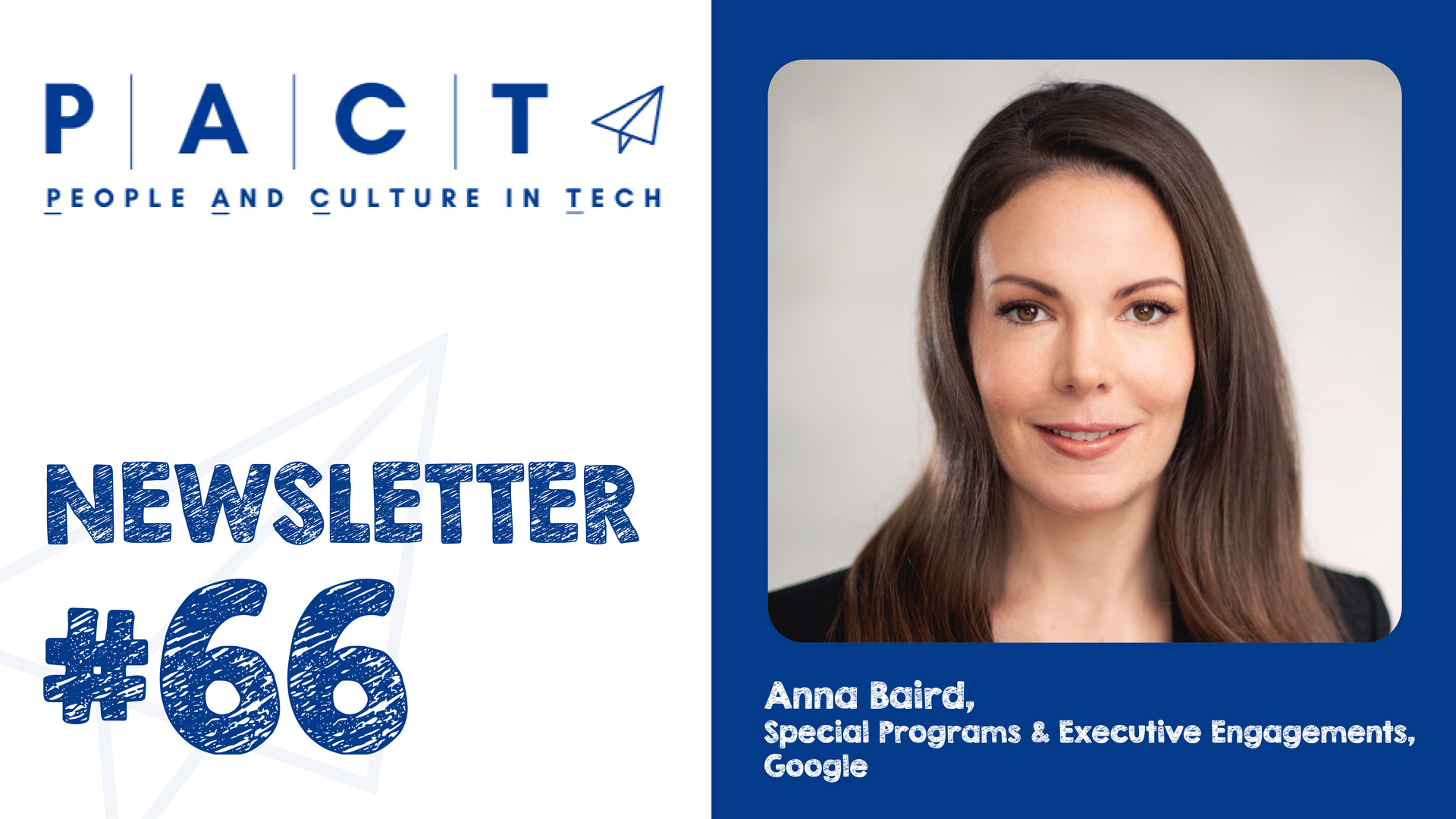
While leaders of every industry will speak to the virtues of innovation, when asked to actually define it and point the way for others, most agree that would be a great idea. Fortunately, as one of the world’s largest employers, Google was built upon empowering innovation across a global talent base, which currently sits at about 180,000. We sit down with Google Culture and Innovation Evangelist, Anna Baird to talk about what really drives innovation at any scale—and why these very human traits are of even greater importance to unlock the full potential of the emerging AI and generative AI technologies.
Key Takeaways:
- As a product of ideation into action, innovation needs a shared process for bringing both small efficiencies and new vistas into being—or not;
- A common culture of understanding and communication is critical for creating the psychological safety needed for innovation to thrive;
- An appetite for failure is equally as important as a shared mission in the innovation cycle; and
- AI and Generative AI will empower people leaders with real-time tools for analysis and modelling of existing data to build more appealing and enduring talent scenarios.
Building bridges between people and tech has taken Anna Baird, Special Programs and Executive Engagement with Google’s Canadian Leadership Team, around the world and back supporting the company's mission—‘to organize the world’s information and make it universally accessible and useful.’
Putting Ideation Into Action
Anna’s focus has remained singularly human throughout—how to fuel and ignite the powers of innovation.
Since joining Google nearly six years ago as Global Head of Culture and Innovation Services on the customer experience side, Anna has since applied that same powerful focus to the other end of the telescope—by similarly empowering Google’s ever-growing internal team and clients.
“From a tech perspective—thinking across the portfolio of my work that has included Google, LinkedIn and various start ups at different stages—I would say that innovation is most often a product of ideation put into action,” said Anna, who also helps start ups explore the the scalability of that productive transformation via her consultancy Cocoon Advisory Limited.
As a Chartwell speaker and upcoming highlight of Tech Talent North - West in Vancouver, Anna’s very human message resonates even more greatly with the wonders and worries of AI in the mix.
"I know a lot of people leaders are wondering how to think of AI when it comes to what is a very quantitative business,” said Anna. “What is the data that might inform your decision and does that paint the whole picture of the person? There are always going to be questions about the qualitative aspects that data can’t tell you.”
AI Builds Frameworks, EQ Builds People
Distinguishing between what AI can and cannot do, while putting a greater onus on what not only makes us human, but distinguishes great leaders, is key.
“AI in this sphere is challenging us because we need people to make that emotionally intelligent focus part of the business, but what AI can do is build better future frameworks,” said Anna. “AI is going to help people leaders drive efficiency on core people modeling for skills, for sentiment, for recognition, etcetera—and then people teams/HR are going to take those models and add the layer of EQ we need to run people-led businesses. This is particularly true in distributed work environments.”
Ready to revolutionize your employee benefits strategy? Join us at HUB's Employee Benefit Forum to gain expert insights to tackle HR challenges head-on, and prioritize employee wellbeing. See how data driven insights can support intentional and impactful benefit plans so your organization is ready for tomorrow. Register for an event near you.
Fostering bonds and common culture of innovation across continents, while more challenging, is a must in tech, Anna notes, and AI can definitely help people leaders in this area.
“In terms of distributed work, where you have a mix of fully remote, hybrid and in-office experiences and everything in between, AI can bring that real-time employee sentiment analysis and recognition analysis,” said Anna. “I think the way AI i s going to really help people leaders is that you are going to be able to have more real time information, more data sound bites. Whereas previously you were drawing a report quarterly, now you can look at that same dataset daily if you needed to.”
She relates the stories of three employers in as many weeks who have done exactly that—built new employee sentiment platforms and and employee recognition programs—to relatively overnight success.

Defining the 3 Vs of Innovation
Creating those structures, fostering input and feeding back are all critical to creating an environment in which innovation—with or without AI—can thrive. The primary challenge, Anna finds, is getting people to agree when defining innovation.
“Every time I step into a board meeting or a room of CXOs, I like to ask everyone, ‘So what your definition of innovation?’ The fun thing is that most people define it completely differently even though the team has also just told me they share a North Star and know what they’re aiming for,” said Anna.
When it comes to defining innovation though, Anna boils it down swiftly to three Vs—versioning, venturing and visioning.
- Versioning opportunities are usually smaller improvements, more iterative or efficiency focused ideas’;
- Visioning opportunities explore adjacent areas of opportunities with greater efficiency expectations. You see these in people operations where datasets have been built and now they are seeing the opportunity of applying those datasets to other aspects of the business such as benefits of hiring; and
- Venturing opportunities are kind of the Flying V. Venturing for us is that moonshot idea.
And while those iterative efficiencies invariably add up, Anna points to the importance of big picture visioning for teams and industries alike.
“You have to have those moonshots because if you spend everyday just making things 10% better, you’re not necessarily breaking something down to build anew or challenging teams with a new perspective or uprooting an industry, which we’ve seen a lot of,” said Anna.

Sound Processes and Psychological Safety Key
That said, none of those innovations are likely to emerge or take hold without both the environment and the processes to empower employees to bring them forward.
“For the work I do with Google and the work we do with start ups, the whole ideation to innovation cycle is key and it’s not linear—it’s circular. Having a structure to it—and it doesn’t matter what size business you are—just allows your team members to know, Okay, when I think of something, this is what I do,” said Anna, before posing a tryptic of key questions for ensuring that cycle flows. “When ideas come to bear, what is the process or structure of evaluating those ideas? Who do you take this idea to? How do you build support and criticism around the idea so you can see around the corners you didn’t know existed?”
The most important question, and one that brings Anna back to the work of Harvard Business School’s Dr. Amy Edmondson who codified the concept of psychological safety, is whether everyone is equally empowered to step forward, collaborate and critique.
“I think within the employee population you always have first movers who are going to go and try everything and report back. Then you have the majority of the population who sit in the middle ground who are not first movers, but are fast followers and happy to trial and error with a ‘What’s in it for me mentality?’” said Anna. “Then there will always be the group that is a little more hesitant and probably hired because they are a bit more skeptical and hold to a higher level of valuation or rigour. They have a set of protocols before they jump into any deep end with you.”
So while the first movers will always have hands up with ideas or to ‘dogfood’ a device—innovation needs to reach throughout an organization to truly thrive.
This brings us back to psychological safety, notes Anna. The EQ of the innovation process really needs to be taken into consideration for all employees—especially your internal critics.
“Where it challenges your culture, you just need to find a structure wherein those people are both supported and also guided and that is where manager roles are really hard,” said Anna. “These people are incredibly valuable to your team, but they can completely sway the emotional compass of the team, so you want to encourage them and really need to manage their expectations on how they challenge and deliver their information.”
Creating those structures and expectations is particularly key in a distributed scenario, wherein shared purpose, language and processes need to create a common level of comfort for ideas to be brought forward—let alone evolve into action.
Know Your Limit, Fail Within It
Accepting that not every idea will evolve, while fostering an organizational appetite for failure is also key, Anna points out, though that appetite may vary by industry.
“Not every fruit on the tree will evolve. Sometimes there will be an idea that seems great at the time, but for whatever reason—circumstance, resources, timing—you just can’t further it,” said Anna. “The underlying factor is how we deal with failure and acknowledgement of failure, communication about failure and how people feel when failing. I think the biggest question I get from people leaders is, ‘How much failure is too much? Where do you draw the line?’”
While acknowledging that the line is different for everyone—and can vary as much by leader as by industry —the need for a process that embraces a line of failure is a key starter for any innovation process.
“It’s interesting because that answer is going to be different for everyone. If you’re talking about a financial business that has regulatory challenges, that line of failure is going to be very different from a company that is making widgets because there are very different outcomes for failure,” said Anna.
However, while some parameters are in place for good reason, innovation can still thrive in the most regulated industries with the right processes in place.
“The flip side for those regulated industries with absolute P-Zeroes is that you can’t blanket everything with that. There is still a clear need to map from ideation to action because there are still a lot of opportunities that can be exploring on the versioning and venturing scale,” said Anna.
Interestingly, while pointing to tech as a leader in creating the environments and processes to help innovation thrive, Anna also notes the importance of people leaders tailoring those efforts by leader. Regardless of leadership style, the mindset from above needs to be one that encourages other minds to open on their behalf.

Keep Really Good People in Mind
Innovation needs to flourish within after all, before it can make it to market.
“Employees are internal customers, because we spend so much time on our people—trying to attract, retain and nurture,” said Anna. “At Google, we’ve learned a lot things along the way that in turn we have open sourced to others—like Project Aristotle, Project Oxygen and all those other pieces of people research.”
“I think the ethos of Google goes back to how Larry and Sergey built the company—we are going to go venture ahead and do our best with what data we have at the time and then we are going to look at iterating and prioritizing regularly,” said Anna. “But what it really comes back to is ‘If we get really good people, and we foster the talent, we will see success in many forms.’”
Building a team of 180,000 people who embrace that opportunity to speak up, build, fail and try again is the quintessential fabric which ties Googlers together worldwide—and keeps the wider world searching for the answer to all of life’s many questions.
After all, success or failure, things will only go well with really good people.

BACK





